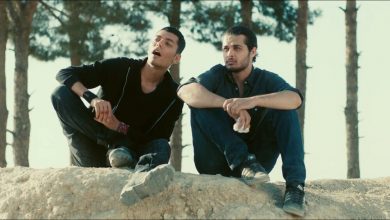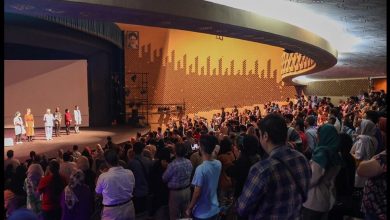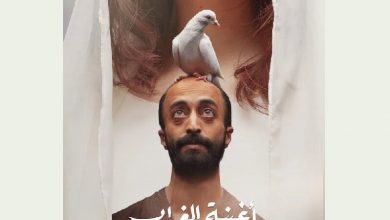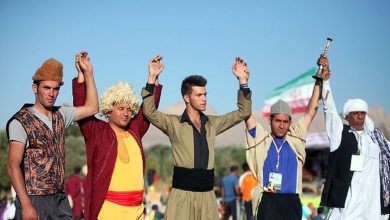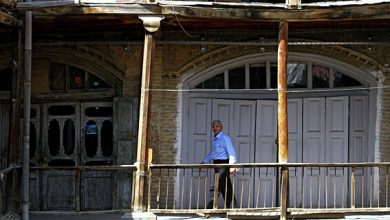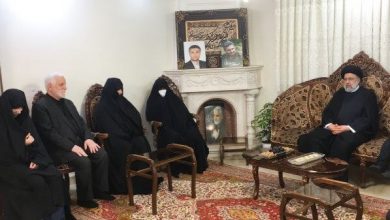Informants / Khorasan Razavi One of the Khorasani researchers explained that some of the mirrors behind the holy Razavi shrine are outdated or hidden, and some mirrors behind the Razavi shrine and the scene in the late period.
“Every year, with the arrival of Nowruz, the wave of traditions and mirrors beats on the brink of oblivion,” Reza Soleimanuri, speaking with informants, said about holding Nowruz rituals at the holy shrine of Razavi. The celebration that takes place only once a year is very important for Iranians. Some of these practices are rooted in community religions, some are geographical in origin, and the communities have many origins.
He continued: The ancient people of Mashhad had a special subculture of Narcissus, most of which is associated with the holy shrine of Rajavi. Previously, in the hours towards the end of the year, there were old customs, which unfortunately are now very faded and are performed only in the old families of Mashhad. According to one of them, the original shrines, like all the inhabitants of the Iranian plateau, have a special significance for the Hovsin Table, but this table is for children and women during Nowruz and is known mostly for the year’s deliverance. The place for the men of the family is nothing but the courtyard and court of Imam Reza (peace be upon him).
“According to this ancient tradition, the men of the old families of Mashhad, even the sons of the Scandinavian family, leave their homes for a few hours at the beginning of the year,” continued the head of the Chaharbagh Khorasan Tourism Development Association. He served the courtyard of the eighth Imam (peace be upon him) in that year for distribution. In other words, according to this ancient custom, at the time of birth, day or night, in ancient Mashhad, at the table of Haft Sin, there is no one but women and children. and the disabled. On the way to the temple, these men whisper prayers like Amin Allah or different verses from the Quran to create a spiritual condition among themselves for Nowruz.
He continued: When the ancient men of Mashhad return from the temple, they buy vegetables or bread and then return to their homes.
The celebration of Imam Reza’s (peace be upon him) feast is one of the ancient Nowruz mirrors of the people of Mashhad.
This Khorasani researcher referred to the beautiful but almost outdated celebration of the people of Mashhad in the first moments of the year after birth in the holy Razavi shrine and said: This is achieved by the New Year, when the words of Ismail Talai pass around it. The old courtyard or the four pools of the four corners of the revolution and also a large pool for the new or free courtyard. The coins in their pockets The coins were in the pond until the end of the year and were untouched, but as soon as the new year was announced, everyone rushed to get one of these. The ancient residents of Mashhad knew these coins as the Feast of Imam Reza (PBUH).
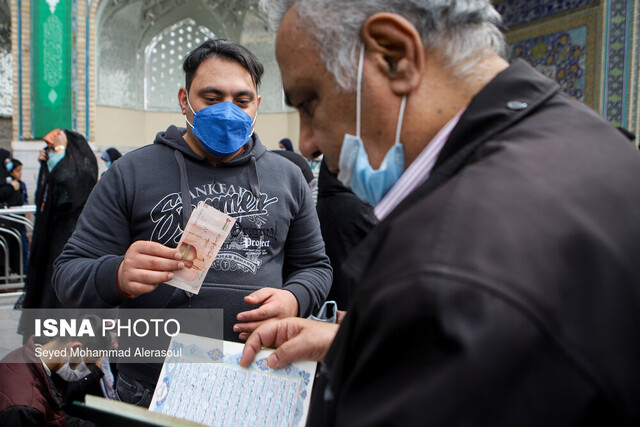
“The main point is that water coins are very familiar to people, so they tried to take them in their pockets until the end of the year,” Suleiman Nouri added. In recent years, with the removal of the basins surrounding the revolutionary justice, it goes without saying that the basin of Freedom Square is the only place where the feast is received from Imam Reza (peace be upon him).
He said: In general, the spectators go to visit Imam Reza (peace be upon him) on the first day of Eid, then they go to visit the graves.
The New Year’s distribution song to announce the new year is played in the shanty house
Reda Suleiman Al-Nouri added: The delivery of the Sunnah in the court of the eighth Imam (peace be upon him) has a special celebration of its kind. An important celebration is the playing of the Song of the Year by the Hazarti Gallery, to announce the good news of the year. Another function of this ritual, performed in a semicircle for several years, is to turn on and off all the lights of the Rasavi temple during Nowruz. In recent years, only in the second half of the year, have the entire lights of the Holy Temple been turned off and off with the turn of the year. In this way, people with hearing problems are informed of the year by turning the lights on and off. But today, the lights around the shrine are off for a moment.
And he continued: The moment of the passing of the year had a special glory for the night, so that after the deep darkness and at the same time as the beginning of the new year, the light rose. Of course, this procedure was not carried out in the years that coincide with Muharram and the travel of Nowruz or the year of delivery with a disaster in the Ahl al-Bayt (peace be upon them). Nowadays, this ritual is performed in a limited manner on the balcony overlooking the sacred temple.

Suleiman Al-Nouri said: In the official celebrations of the New Year in the holy shrine of Razavi, we remember the recitation of supplications, supplications and sermons at the holy shrine. Nearly three decades before the outbreak of the coronavirus, the Supreme Leader gave a speech at the holy Rajavi Temple. It is noteworthy that in no period did the first person of the state appear at the beginning of the year and the shrine, and therefore the program of the year was announced.
“The drums are another celebration of the year of distribution at the holy shrine of Rajavi, and do not count the years of mourning, martyrdom and death,” said the Chairman of the Board of Directors of the Chaharbagh Association for Tourism Development in Khorasan. innocent. Usually twice a day before sunrise they announce sunrise and sunset. It is also broadcast on religious holidays after sunset to announce congratulations. Also, in the case of the official announcement of a person’s recovery, the time is set, and the same thing happens in Naruk.
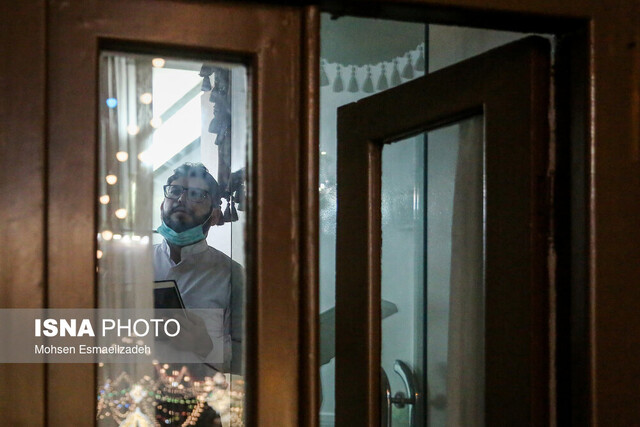
Suleiman Nouri added: Peace has a special status, and in the past, 7 people used tin plates and suppressed them. The people who play the tambourine are the official servants of the sacred Rajavi temple and often belong to a family of wonderful tribes, and they do so in a limited and private manner. The drum is played by two instruments, the dal and the surna.
end of message /



